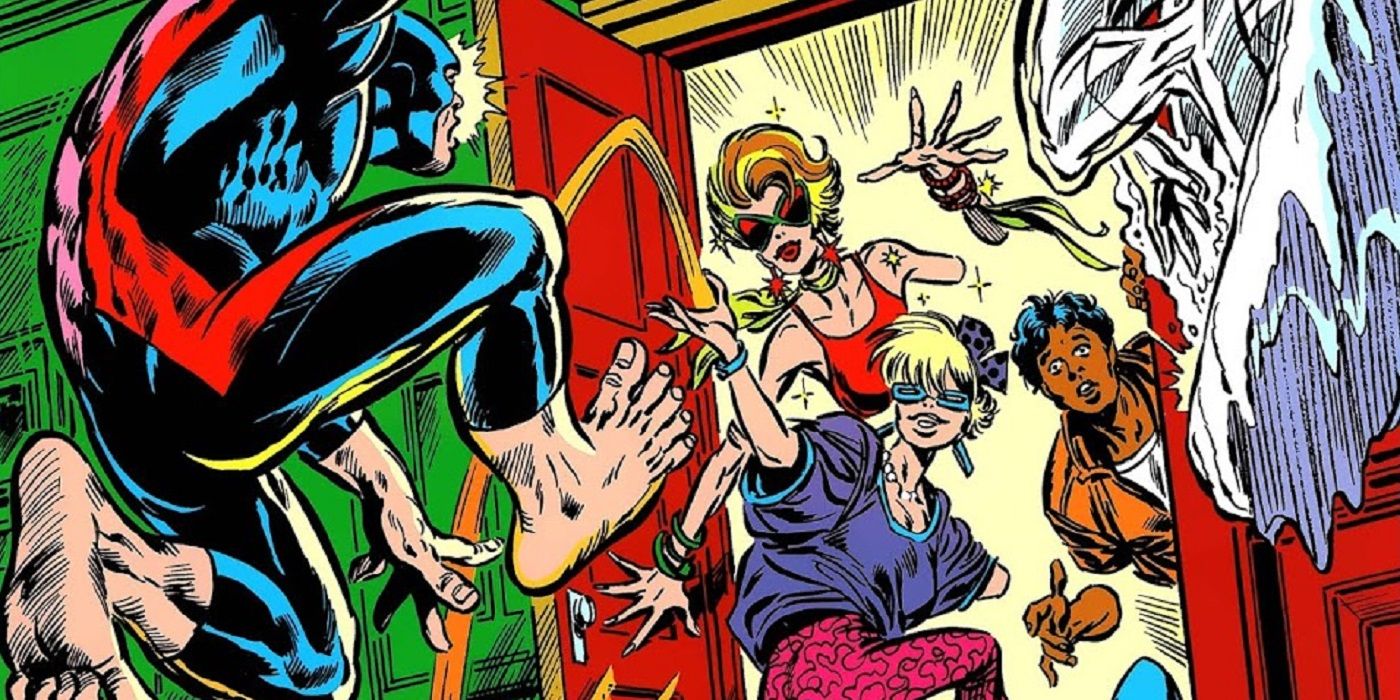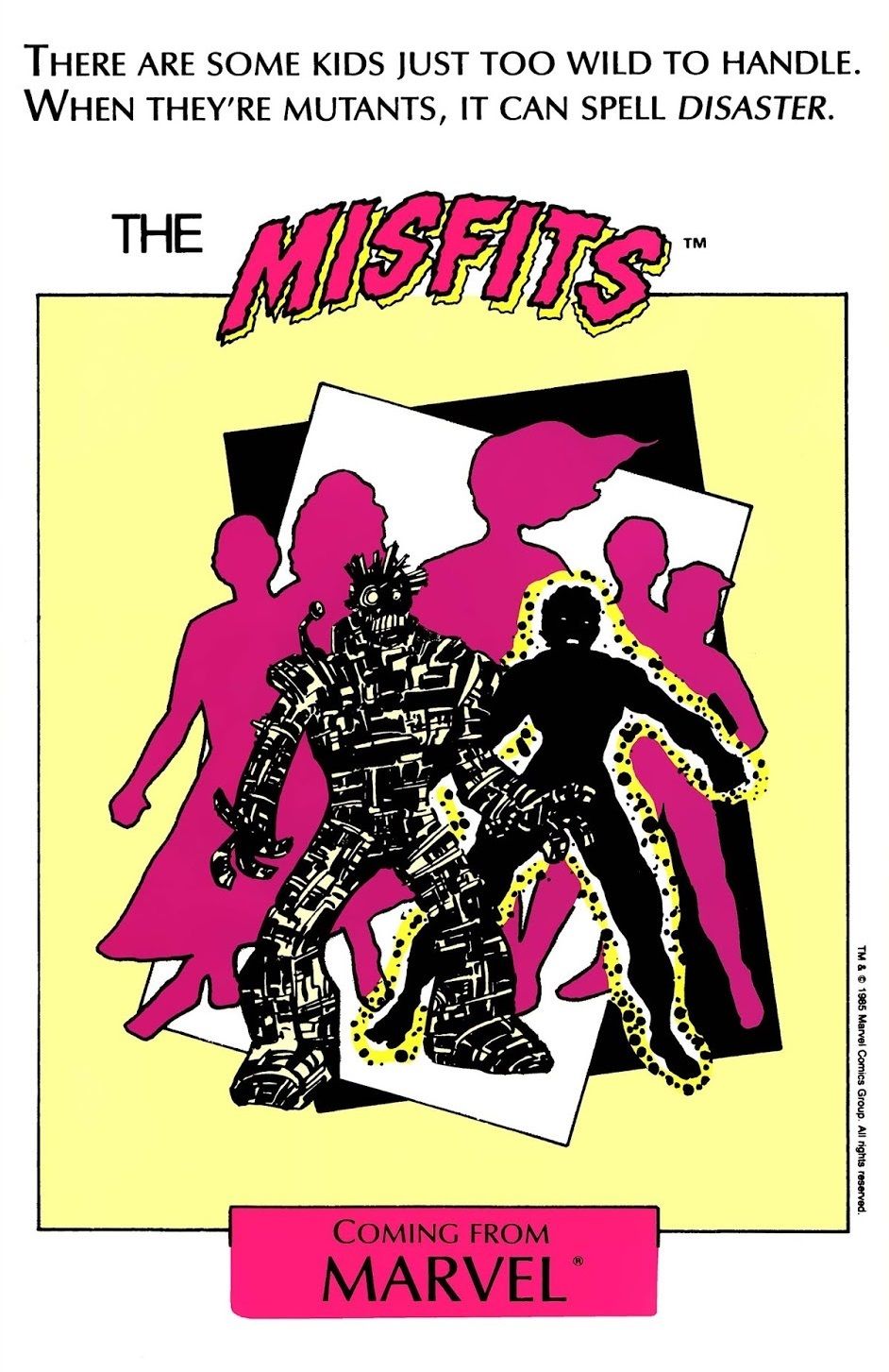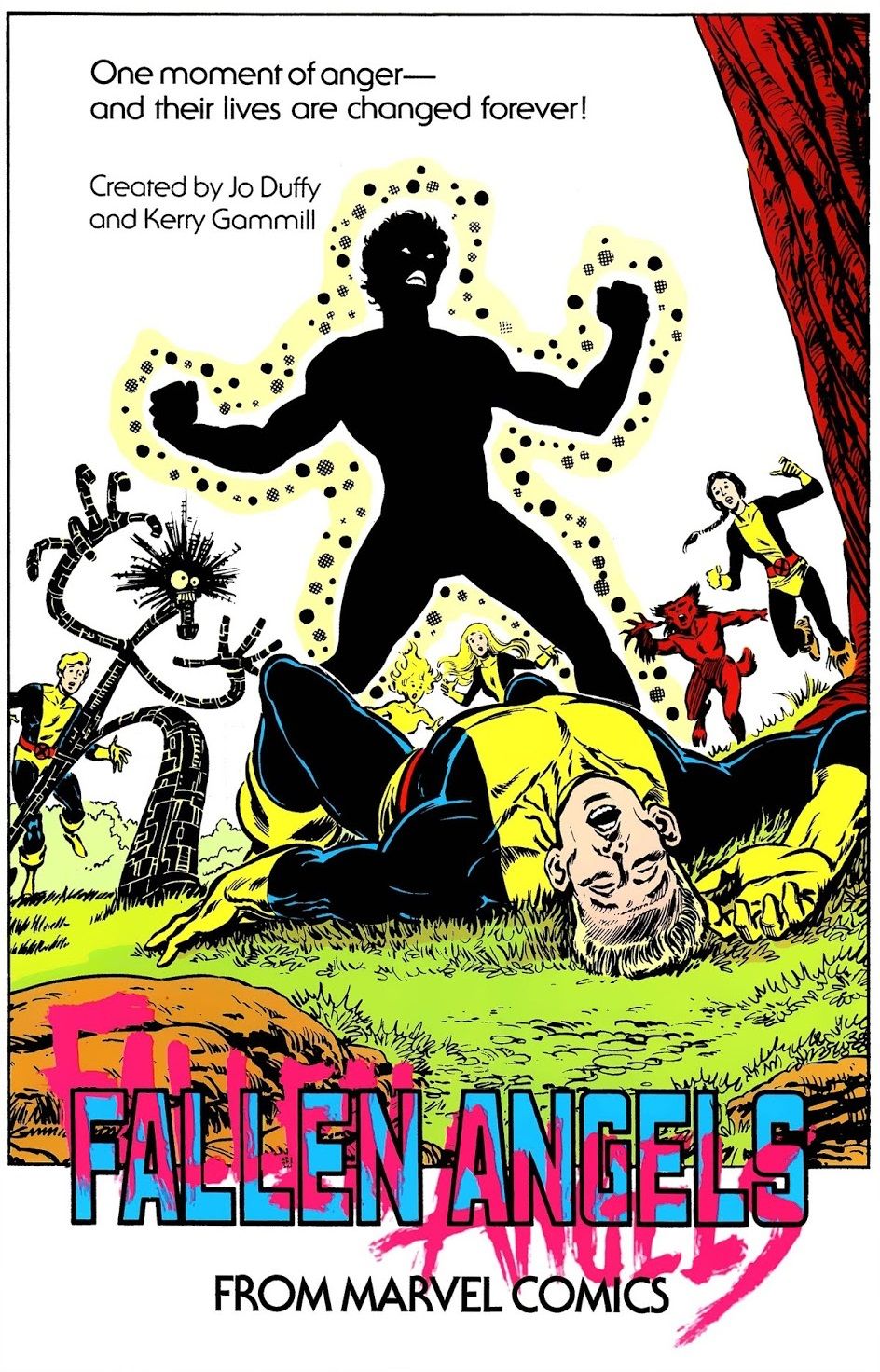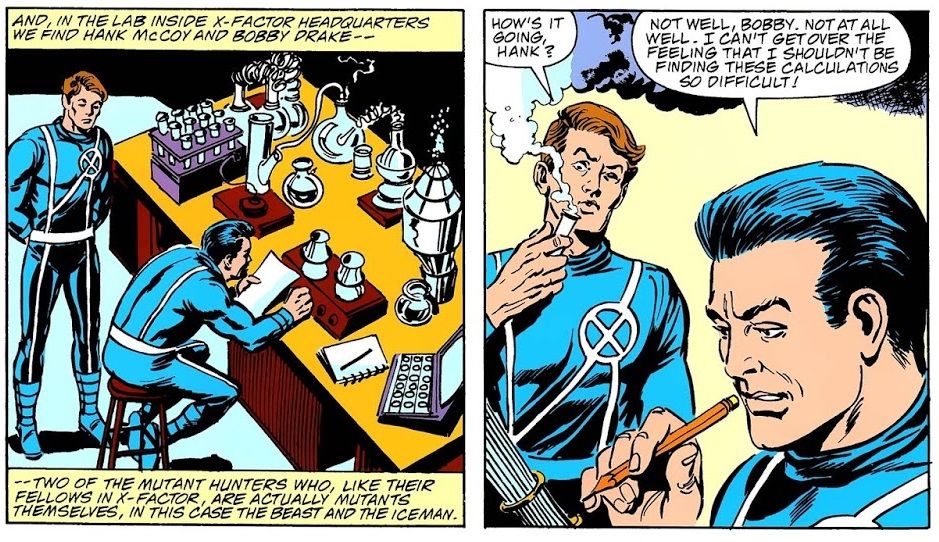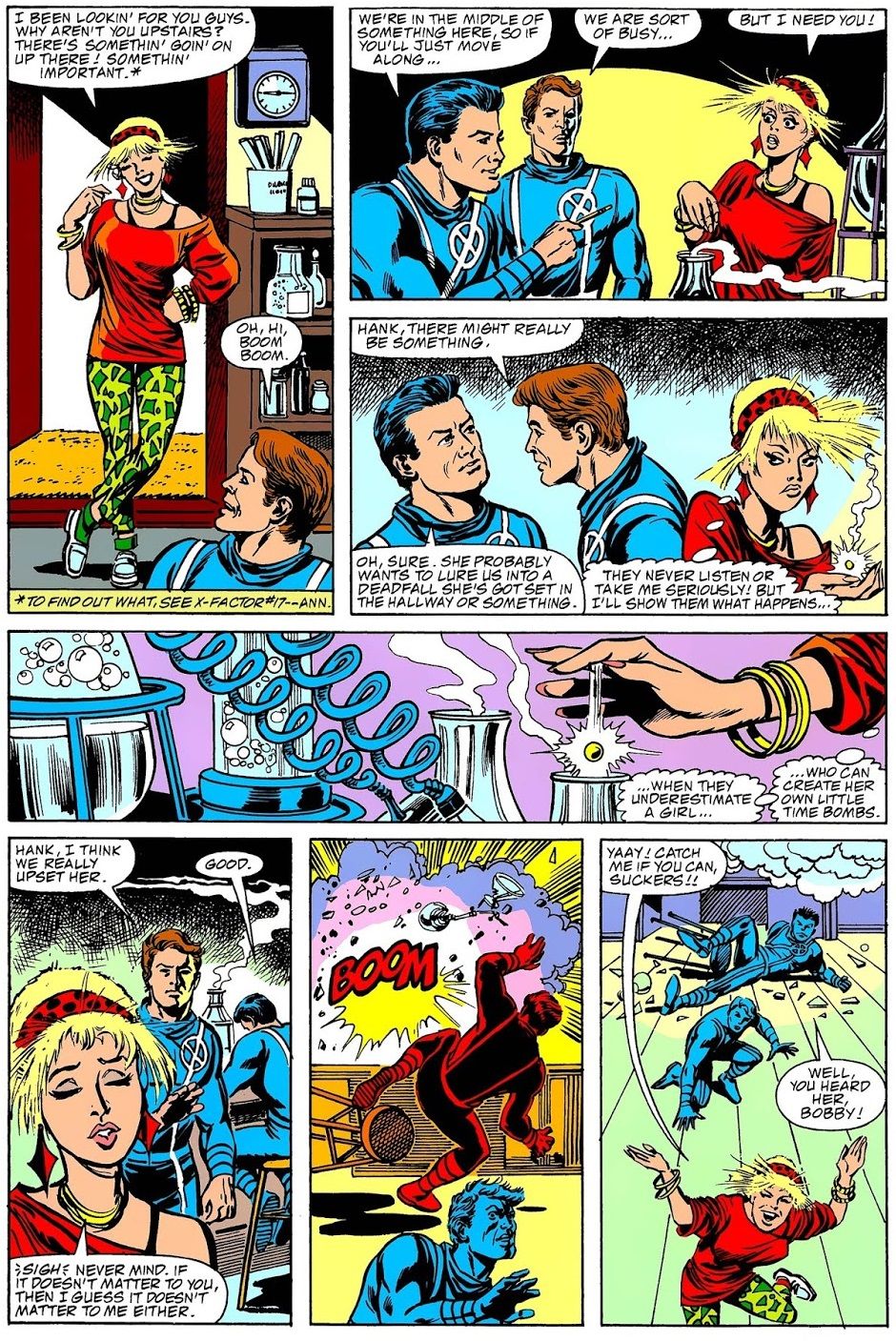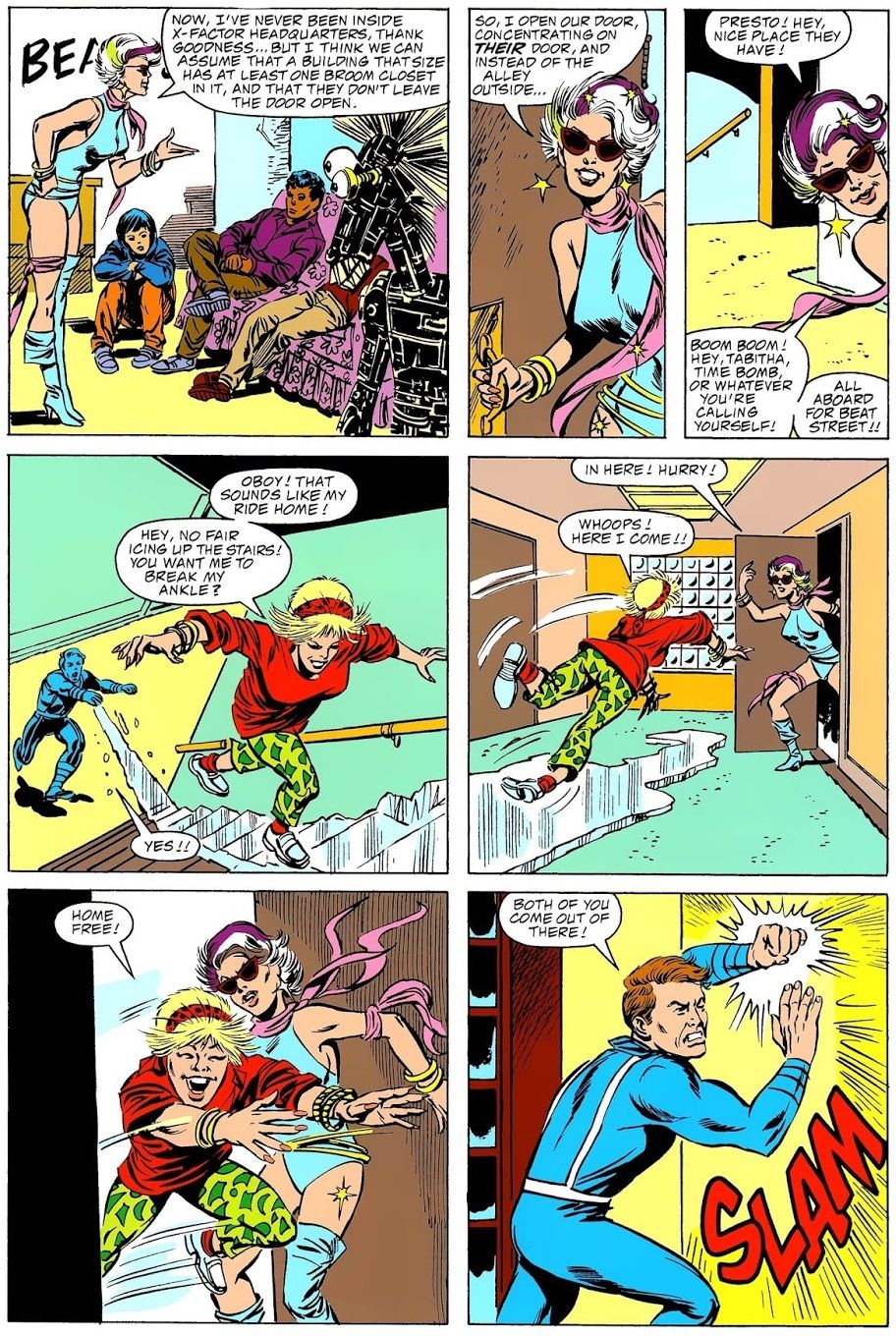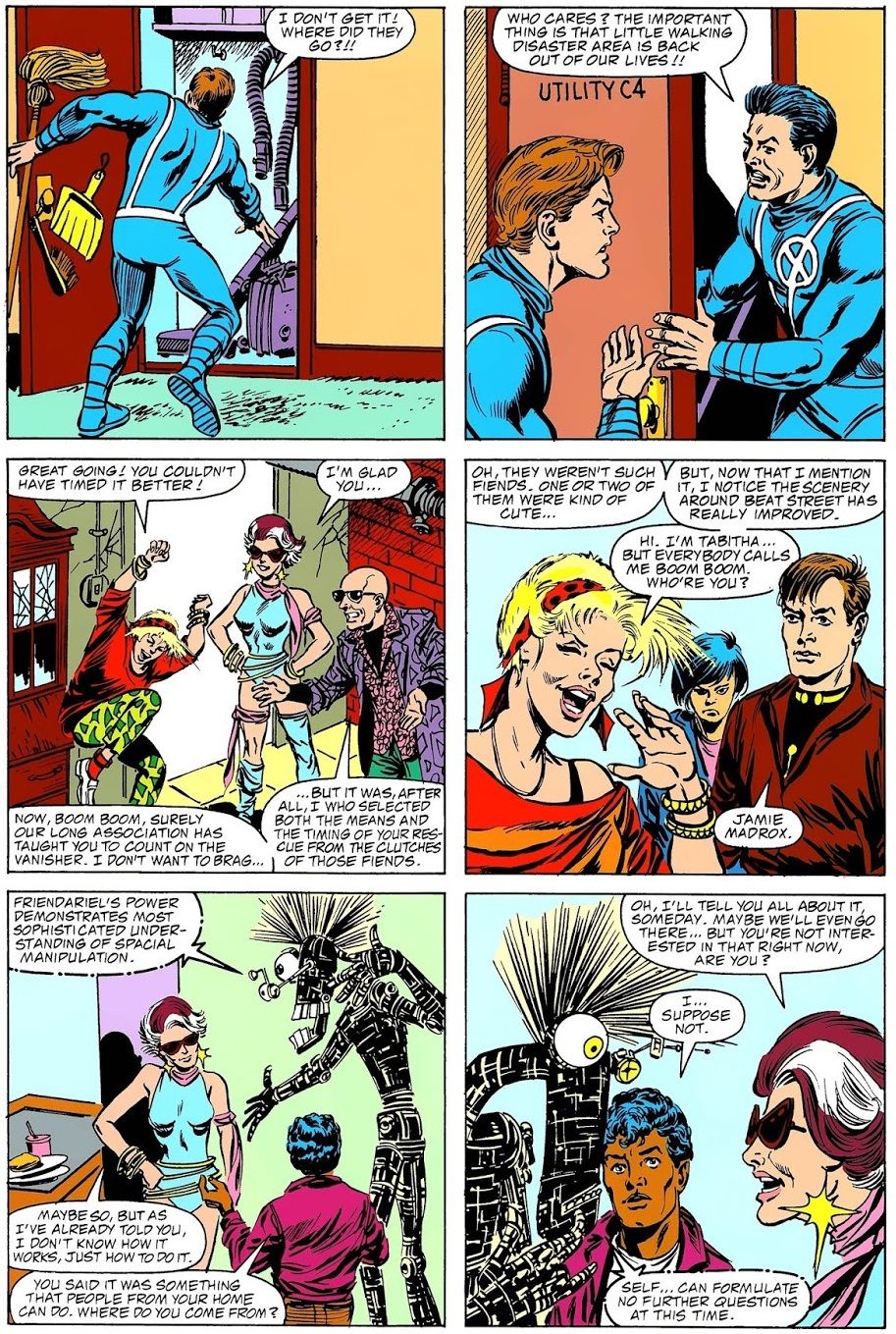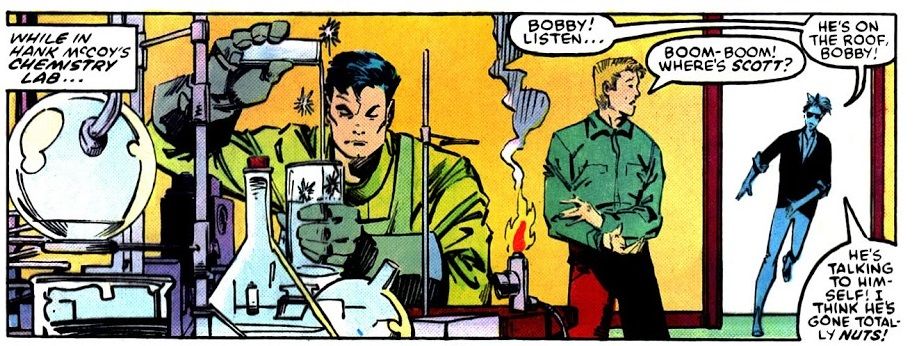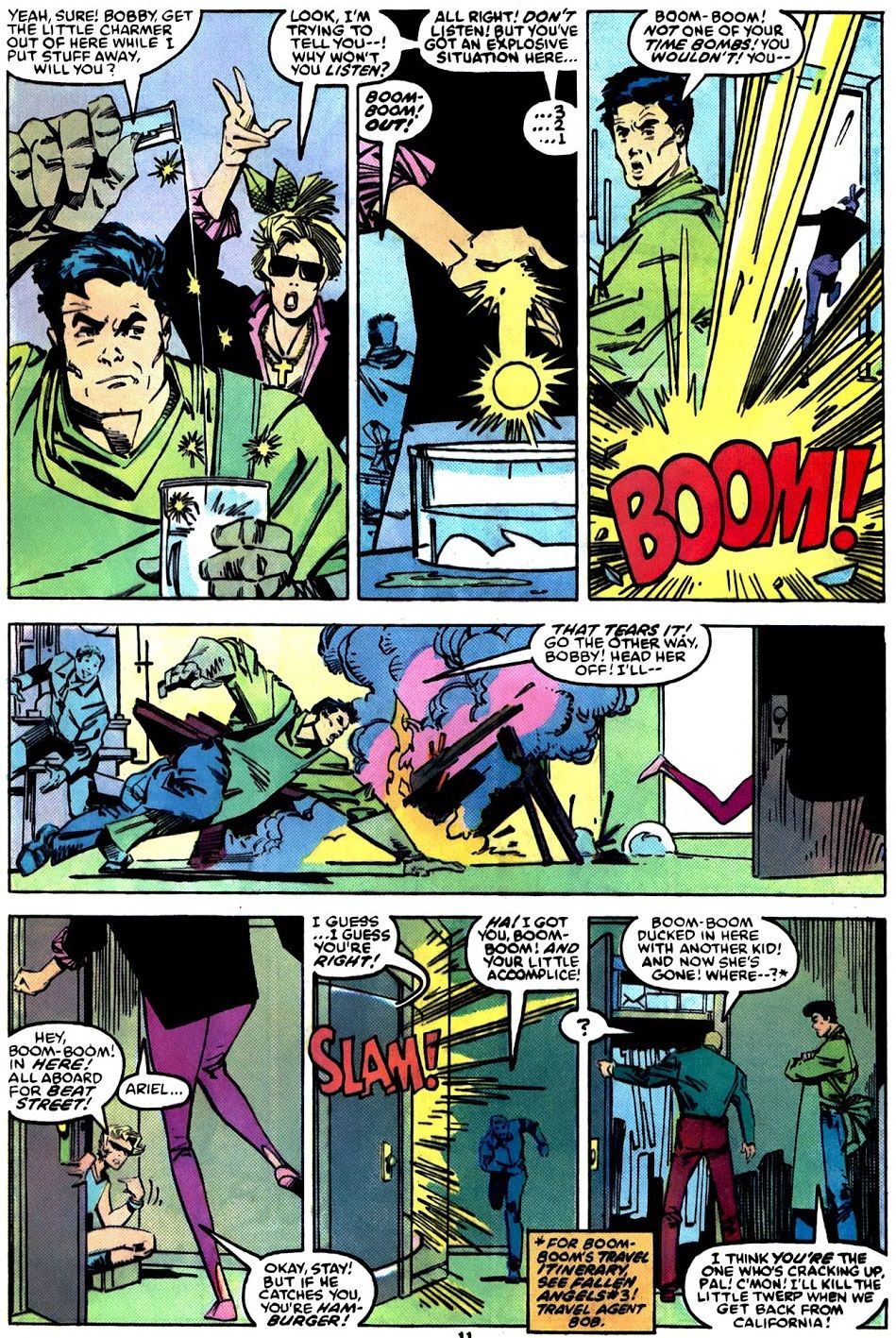In "Our Lives Together," I spotlight some of the more interesting examples of shared comic book universes. You know, crossovers that aren't exactly crossovers.
Reader Steve R. wrote in with another interesting suggestion. Steve is on a roll!
It is hard to understand nowadays, when it seems like there are so many X-Men titles that there will always be some book to fit certain characters into (and yet still some characters seem to go unused for a really long time. Weird), but for a while there, there really were only three X-Men related books and two of them, New Mutants and X-Factor, had very specific casts (the newest class of students at Xavier's in New Mutants and the original five X-Men in X-Factor).
X-Factor also had the secondary cast of young mutants who the team had "captured" when they were working as mutant hunters (but secretly they were bringing those captured mutants home with them to train them to use their powers better, so that they wouldn't become targets like they did before). So that was one place where you could find new mutants introduced.
But what about OLDER mutant characters? Something that scared Chris Claremont a lot was that he wanted to explore new lineups with the X-Men, but he wanted it to be a situation where he had total control over the possible cast of the book. Once he lost Cyclops to X-Factor, though, he realized that that would not be the case and it became something that he worried about for the rest of his run. For instance, when he had the X-Men roster re-shuffle after Mutant Massacre, removing Kitty, Colossus and Nightcrawler, Claremont made sure that he would write the book where those two characters ended up, which was in the British-set Excalibur.
A book like Peter David's X-Factor became a series where the "misfit" characters all ended up and in the years since, there were a number of series like that, where the mutant characters no one uses get used. In 1985, there really wasn't a book like that, so Jo Duffy stepped into that void with Misfits, a series about, you know, misfit superheroes (with Sunspot and Warlock from the New Mutants leaving that team to be the main characters)...
For whatever reason, the name "Misfits" was not allowed, so the book was retooled and finally launched in 1987 as Fallen Angels, with the house ads spotlighting the accident during training that led to Sunspot quitting the New Mutants and heading to New York City, where he fell in with a gang of young mutants known as the Fallen Angels...
Unused mutant characters like Madrox the Multiple Man and Siryn went along for the ride, plus some new characters, like the mysterious teleporter, Ariel.
In Fallen Angels #3 (by Jo Duffy, Marie Severin and Tom Palmer), the team added Boom Boom by having Ariel help her "escape" from the supervision of X-Factor...
That was the Fallen Angels take on the scene. What's interesting is that the same scene appeared in X-Factor, but from a whole other angle...
Page 2: [valnet-url-page page=2 paginated=0 text='How did X-Factor handle it?']
X-Factor #17 (by Louise Simonson, Walter Simonson and Bob Wiacek) has the same basic sequence, but note that everyone's attitudes are way off...
It's an interesting case of where continuity can be shared without it being ABSOLUTELY shared.
Thanks to Steve for the suggestion!
If anyone else has a suggestion for a fun usage of shared continuity, drop me a line at brianc@cbr.com!

